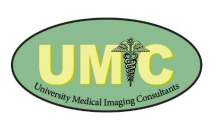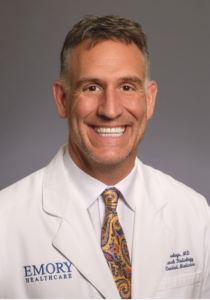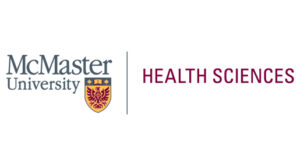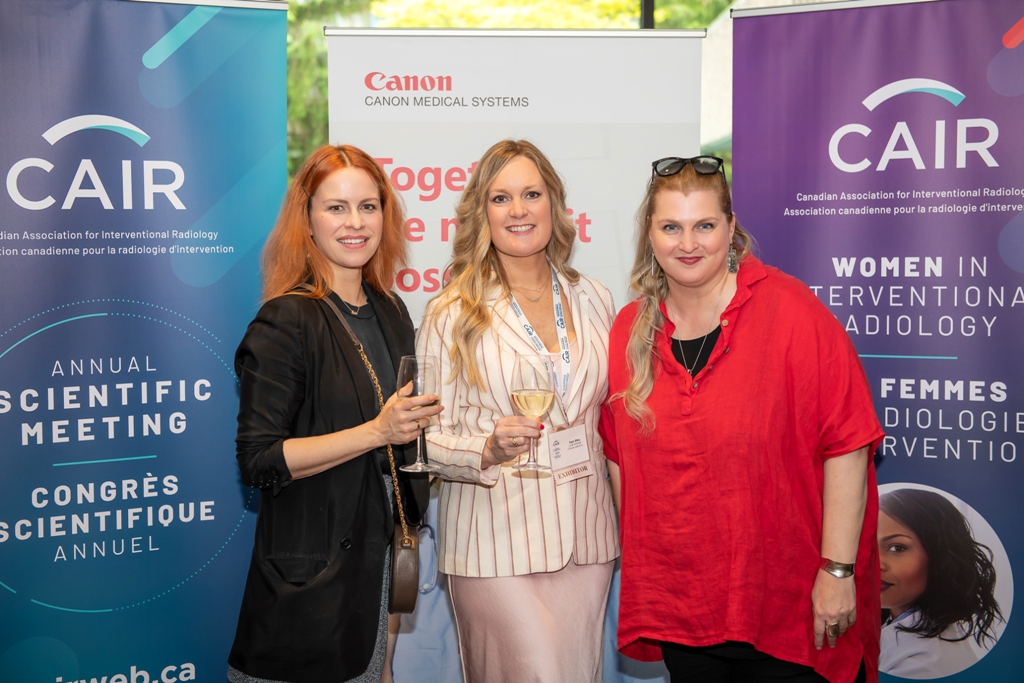Access Menu
CAIR WIR Spotlight - Alanna Supersad
Annual General Meeting Notice 2024
CAIR RFS Member Spotlight – Dr. Jaspreet Bajwa
Call for Submissions - Trainee Day, Calgary 2024
Call for CAIR Award 2023 Nominations
CAIR Award Winner - Dr. Martin Simons
Annual General Meeting Notice 2023
CAIR is seeking skilled leaders and innovators to serve on its Board of Directors
The Canadian Association for Interventional Radiology (CAIR) is currently seeking interested individuals to serve on the Board of Directors for a two-year term commencing in June 2023. The deadline for submitting nominations is December 31st, 2022.
CAIR is committed to diversity, equity and inclusion and we encourage applications from candidates who reflect the diversity of the individuals and communities we serve.
Equity and diversity are essential to excellence. An open and diverse community fosters the inclusion of voices that have been marginalized. To address the CAIR’s commitment to equity, diversity and inclusivity, in recognition of the underrepresentation of members of historically and currently marginalized groups, preference will be given to applicants who self‐identify as one or more of any of the following: diversity of gender identity,2SLBGTQ+, Indigenous peoples, racialized persons, persons with disabilities.
About the CAIR Board
The Board currently consists of eleven (11) directors serving staggered two-year (2) terms, with an option to extend for a maximum of five (5) two-year (2) terms. Based upon the tenure of the existing directors, the Board anticipates requiring a minimum of two (2) new directors in 2023, one (1) new director in 2024, and two (2) new directors in 2025.
With over 20 years of history and tradition, serving over 700 members, CAIR brings together the vast majority of Interventional Radiologists as well as other professionals of the field and works with patient groups and other allies to help increase accessibility for Canadians to patient friendly, effective, minimally invasive, image guided treatments.
Our vision is to improve Canadians’ health and quality of life through minimally invasive, image guided therapy.
The CAIR Board provides strategic leadership and general direction, governance, creates internal policies and procedures, oversees the organization’s general performance, and ensures overall accountability.
Composition and terms
All CAIR board directors must be members of CAIR. The CAIR by-laws permit a maximum of eleven (11) directors; all directors must be in ethical and professional good standing with their respective regulatory body(ies) where applicable.
Board members who are elected at the May 2023 annual meeting will have a two-year (2) term.
Commitment and Meetings
The Board meets between three (3) to four (4) times a year via teleconference or video conference, for typically around two (2) hours. In addition to attendance and preparation for meetings, Directors are expected to participate in email and telephone dialogues on various matters that arise in between and as a result of meetings, as well as sit on committees as required. The board is expected to participate in the two (2) in-person board retreats that happen in February and November of each year.
Attendance at the CAIR’s Annual Scientific Meeting, as well as other CAIR organized events is strongly encouraged. The board members may be asked to represent the organization in meetings with other partners and stakeholders, local, national, and international (meetings with different levels of government, SIR, CIRSE, etc.).
Board Roles & Responsibilities
The role of the CAIR board is to:
- Establish the mission, goals, and policies of the organization.
- Develop a long‐range plan for the organization; define strategy and a time frame for achievement of goals.
- Ensure the long‐term financial stability and strength of the organization, develop, and maintain sources of income to provide for the continuing operation of the organization.
- Ensure the long‐term organizational stability and strength of the organization, bring into the organization individuals with the necessary abilities to lead and manage the organization in the future.
- Hire and develop the CEO/Executive Director to manage the operations of the organization.
- Exercise high level oversight of the executive director and the operations, approve annual budgets, review operating and financial results, audit for compliance with internal policies and external requirements, review performance against goals.
The responsibilities of the board are to:
- Be committed to the mission, goals, and policies of the organization.
- Perform the functions and work of the board to the best of one’s ability.
- Recommend others who could serve on the board or be of value to the organization in other capacities.
- Avoid any conflicts of interest and situations that would compromise the principles of the organization or lead to the perception of compromise.
- Be knowledgeable about the organization, the services it provides and the IR community in which it operates.
Compensation
Board of Directors shall serve without remuneration. No Director shall directly or indirectly receive any profit from occupying the position of Director. Directors may be reimbursed for reasonable expenses incurred in the performance of their duties.
Process
All applications will be considered based on merit; however, preference will be given to candidates with a background in leadership and governance, prior experience on or working with a Board of Directors, financial or accounting experience, familiarity with revenue generation in non-profit structures and sound financial sustainability practices, programs, and activities development from a national association perspective.
To submit an expression of interest in CAIR’s Board of Directors, please email luciana.nechita@cairweb.ca, addressing it to the Nominating Committee, including your resume and a brief cover letter sharing why you are interested in joining CAIR’s Board of Directors, what skills, knowledge, and expertise you feel are most exciting to share and what serving the interventional radiology community means to you.
As part of the assessment and recommendation process, candidates may be invited to interviews with the Board Nominating Committee and may be asked to participate in reference checks.
The submission deadline for positions for the coming year is January 31st, 2023.
The Canadian Association for Interventional Radiology (CAIR) is currently seeking interested individuals to serve on the Board of Directors for a two-year term commencing in June 2023.
UMIC has undergone significant recent expansion of services combined with some pending radiologist retirements. As such, we are recruiting with Interventional Radiology as an area of special need.
Image-guided pain management is kind of the elephant in the room with many VIRs in Canada - we don’t do a lot of this, as they are typically performed by anesthesiologists, surgeons in subspecialties, or MSK-imaging trained diagnostic radiologists.
The Department of Radiology, McMaster University and the Department of Diagnostic Imaging, Hamilton Health Sciences are seeking a full-time radiologist for the Juravinski Hospital and Cancer Centre interventional program, for start date of July 2023.
CAIR Express - your Canadian Interventional Radiology newsletter at your fingertips. Feel free to pass it along to others in your network, and most importantly, enjoy the content that is developed with you in mind.
Dr. Virani grew up in the Greater Toronto Area and pursued undergraduate and graduate studies at Western University. He returned to Toronto for medical school before venturing out east for Diagnostic Radiology residency at Dalhousie University in Halifax.
Dr. Supersad is currently a PGY-4 resident in diagnostic radiology at the University of Alberta. She was born and raised in Edmonton, and after medical school at the University of Calgary is back in her hometown to complete residency.
After growing up and completing medical as well as radiology training in Cape Town, South Africa (population approximately 5 million), Dr. Stefan Przybojewski, felt it was getting a bit small and was looking for adventure.
Through education, mentorship, and conversation this five-year program is on course to empower existing and future Women in Interventional Radiology.
Dr. Gilles Soulez MD, MSc, FSIR is a vascular and interventional radiologist at CHUM, University of Montréal. He completed his radiology residency in France at University Paris V in 1988 and completed a 2-year fellowship combined with a certification of the French College of Interventional Radiology.










